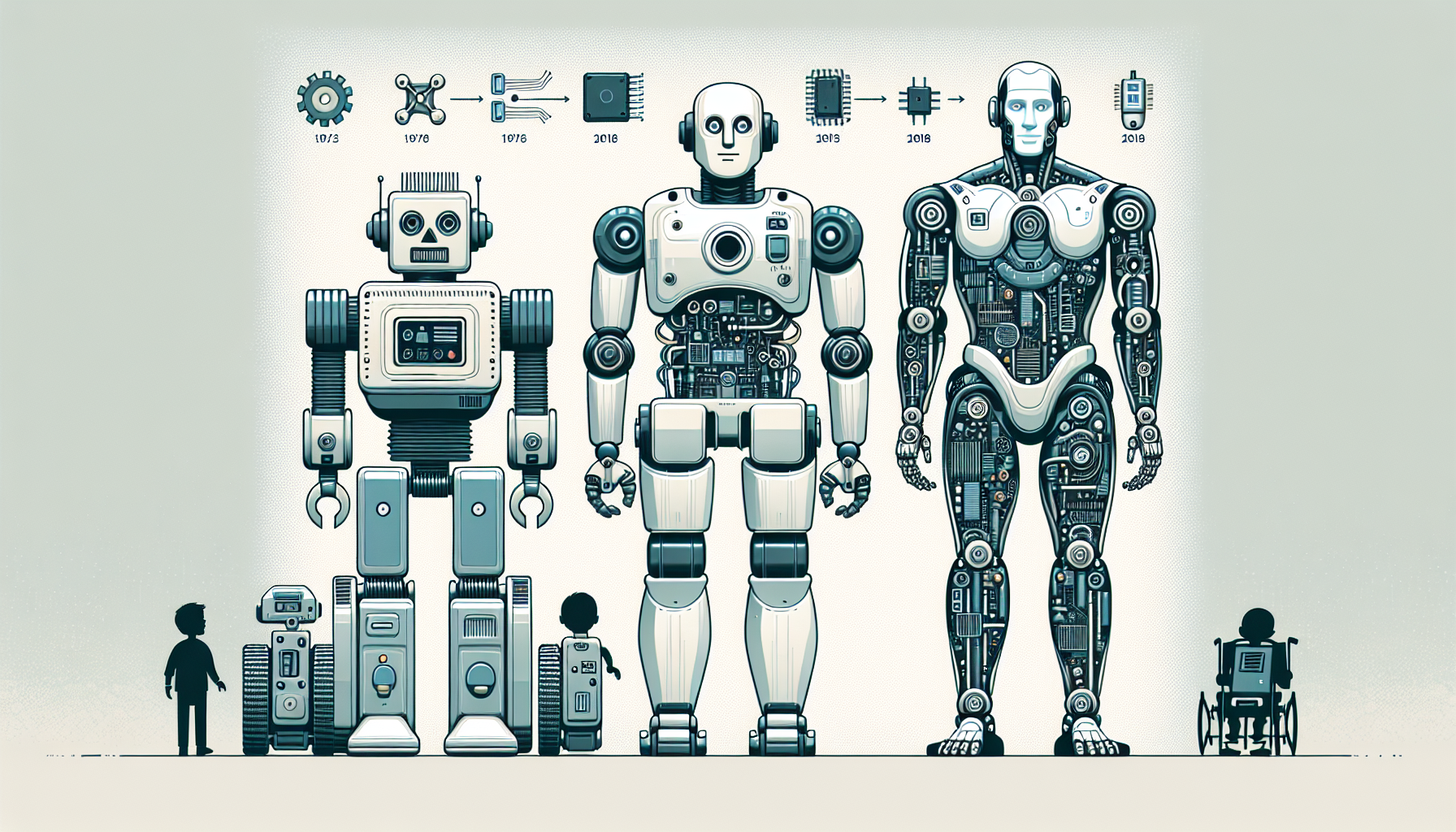The Genesis of Robot Personal Assistants
The Early Concepts
The journey of robot personal assistants began long before we had the technology we enjoy today. The idea of machines assisting humans is rooted in literature and science fiction. Novels like Isaac Asimov’s “I, Robot” painted a picture of a world where intelligent machines helped with daily life. These early conceptions gave birth to a vision of what personal assistants could be like, blending imagination with the potential of technology.
The Advent of Computing Power
The 1950s and 1960s marked the dawn of modern computing. With advances in hardware and software, robots started taking on more sophisticated roles. The emergence of AI research and natural language processing laid the groundwork for future personal assistants. However, it wasn’t until the late 20th century that these ideas began to materialize into practical applications.
The Birth of Virtual Assistants
The 1990s: A Step Toward Interactivity
The 1990s saw the rise of early virtual assistants as companies began incorporating basic AI technology into software applications. Programs like Microsoft Bob aimed to provide users with a friendly interface to navigate their operating systems. Although simplistic by today’s standards, these programs introduced the concept of personal interaction with machines.
The Digital Revolution
As the internet became more accessible, companies began developing smart software that could help users manage tasks more efficiently. Early chatbots and interactive voice response systems started being used in customer service, bringing a taste of automated assistance to businesses and consumers alike.
The 2000s: From Science Fiction to Reality
The Emergence of Smart Devices
The new millennium brought significant changes in technology. The introduction of smartphones changed the landscape for personal assistants. Apple’s Siri, launched in 2011, marked a watershed moment. It combined voice recognition technology with AI capabilities, giving users an accessible way to interact with their devices. People could ask questions, set reminders, and get help with navigation using just their voices.
The Rise of Competitors
Siri’s success prompted other tech giants to join the fray. Google Assistant followed soon after, offering robust search capabilities and deep integration with Google’s ecosystem. Amazon introduced Alexa, providing voice control over home automation systems and online shopping. This series of innovations transformed how we envision personal assistants, making them more integral to everyday life.
Personalization and Machine Learning
As machine learning techniques advanced, personal assistants became better at understanding user preferences and improving their responses over time. This capability allowed for a more personalized experience, where assistants not only responded to commands but learned from interactions to offer more relevant suggestions and answers.
The 2010s: The Expansion of Capabilities
Smart Home Integration
The popularity of smart home devices revolutionized the role of personal assistants. Devices like smart speakers became central hubs for managing various aspects of home life, from controlling lighting and temperature to managing security systems. The interconnectivity of devices enabled users to create customized environments, all orchestrated by their voice-activated assistants.
Natural Language Processing Advances
Natural language processing underwent significant advances during this decade, allowing personal assistants to engage in more nuanced conversations. These improvements facilitated the emergence of multilingual capabilities, letting users interact with their assistants in different languages and dialects, enhancing accessibility and inclusivity.
Contextual Awareness
By the mid-2010s, personal assistants gained contextual awareness, meaning they could understand not only what users were saying but what they meant based on previous interactions. This made conversations more fluid and allowed assistants to handle complex queries with multiple components seamlessly.
The 2020s: The Dawn of Conversational AI
Integration into Everyday Life
As we moved into the 2020s, robot personal assistants became more integrated into our daily routines. They are now found in various formats, from apps on mobile devices to sophisticated robots in homes and offices. The use of AI has extended beyond simple tasks, with assistants capable of managing schedules, providing health reminders, and even engaging in light conversation.
Empathy and Emotional Intelligence
Emerging research into emotional AI has opened new doors for personal assistants. Some developers are working on ways to incorporate empathy into these systems, allowing them to recognize and respond to users’ emotional states. These advancements hint at a future where personal assistants could provide not just information but genuine companionship.
Privacy and Security Challenges
With the rise of personal assistants, concerns regarding privacy and data security have also become prominent. Users are more aware of the kinds of data these assistants collect and how it is used. Developers are continuously challenged to balance functionality with security, striving to develop systems that prioritize user consent and data protection.
The Future of Robot Personal Assistants
Voice and Emotion Customization
In the future, personal assistants may offer customizable voice options and emotional tones, allowing users to select a personality that resonates with them. This not only enhances user experience but also promotes a deeper bond between humans and their virtual companions.
Autonomous Decision Making
Future personal assistants may evolve to make more autonomous decisions on behalf of users. Imagine an assistant that can manage your schedule without constant input or one that proactively suggests improvements to your lifestyle based on collected data, all while respecting privacy regulations.
Collaborative AI Systems
As AI technology progresses, we can anticipate collaborative systems where various personal assistants work together seamlessly. For instance, an assistant on your phone could collaborate with one in your car to provide directions or suggestions based on your schedule and preferences.
Conclusion
The evolution of robot personal assistants is a fascinating journey marked by innovation, adaptation, and a drive toward creating more human-like interactions. As technology continues to advance, it’s exciting to think about what the future holds for these companions in our digital lives.
